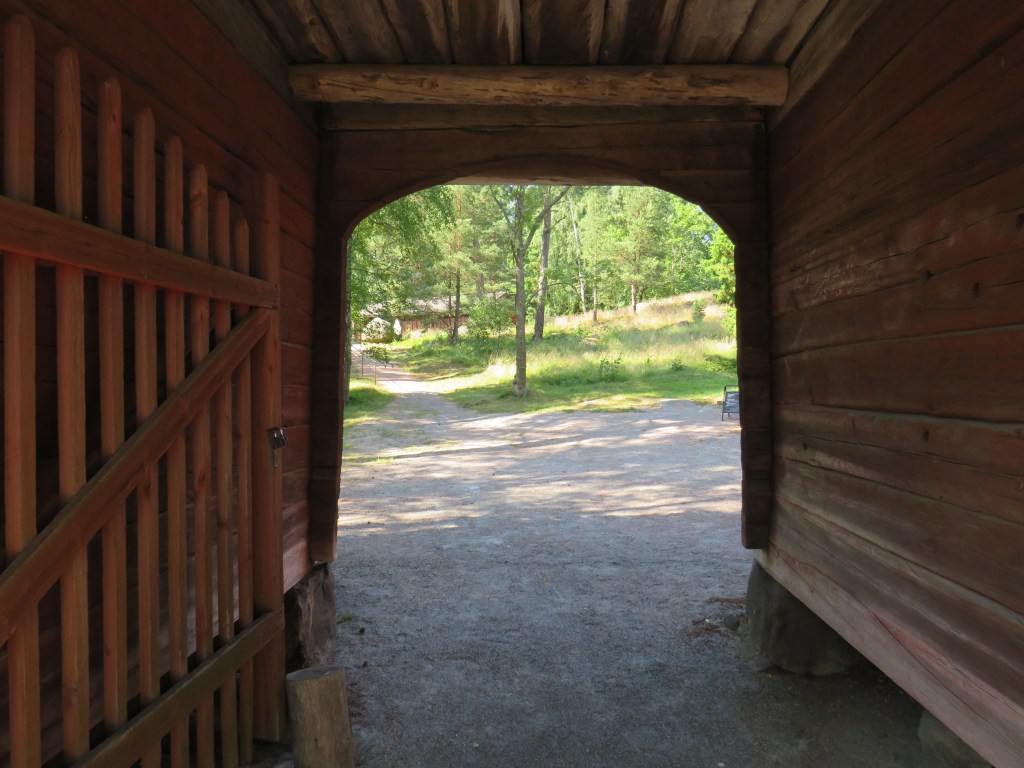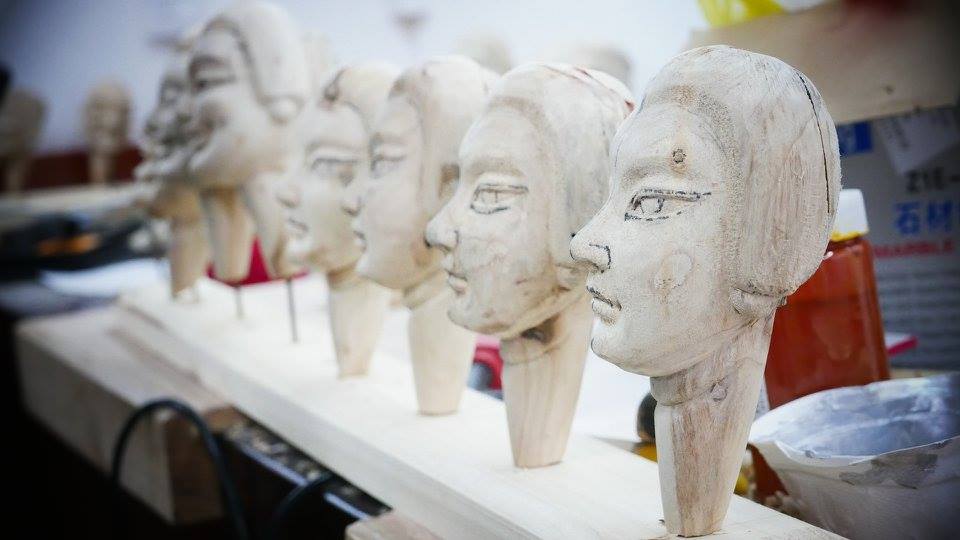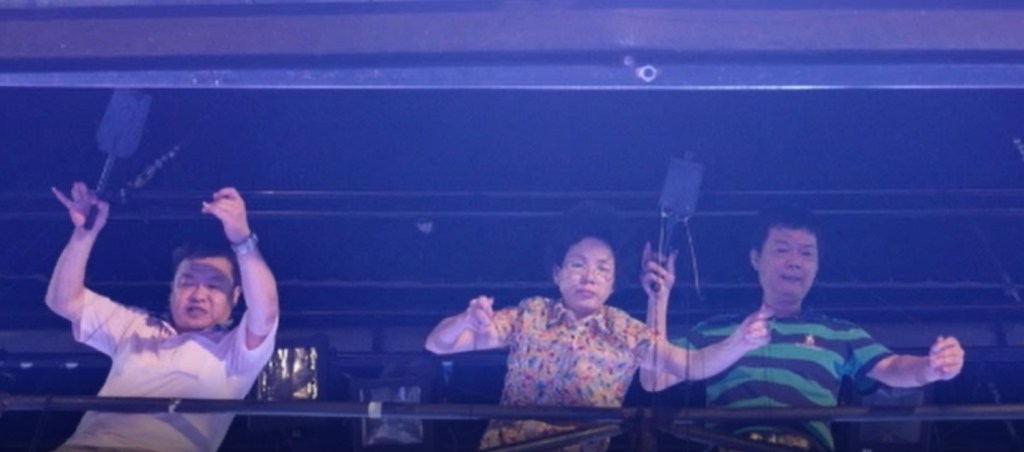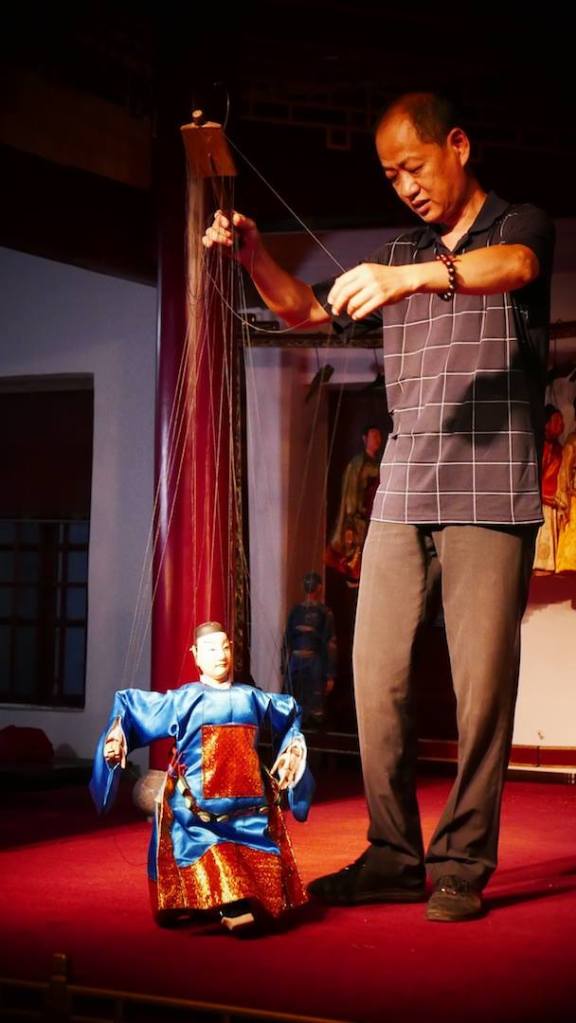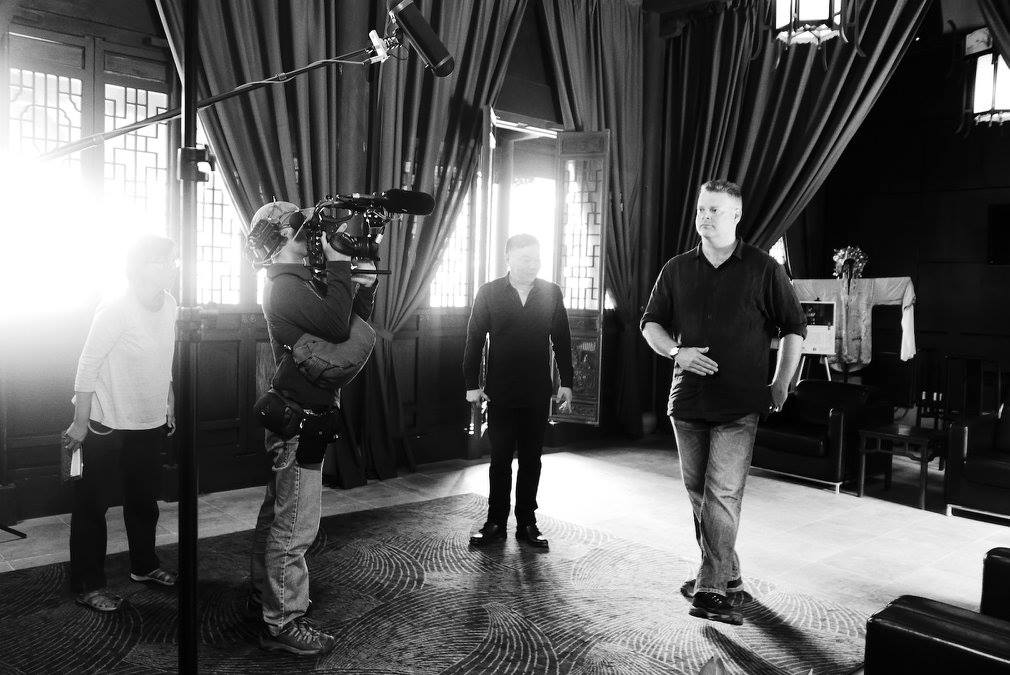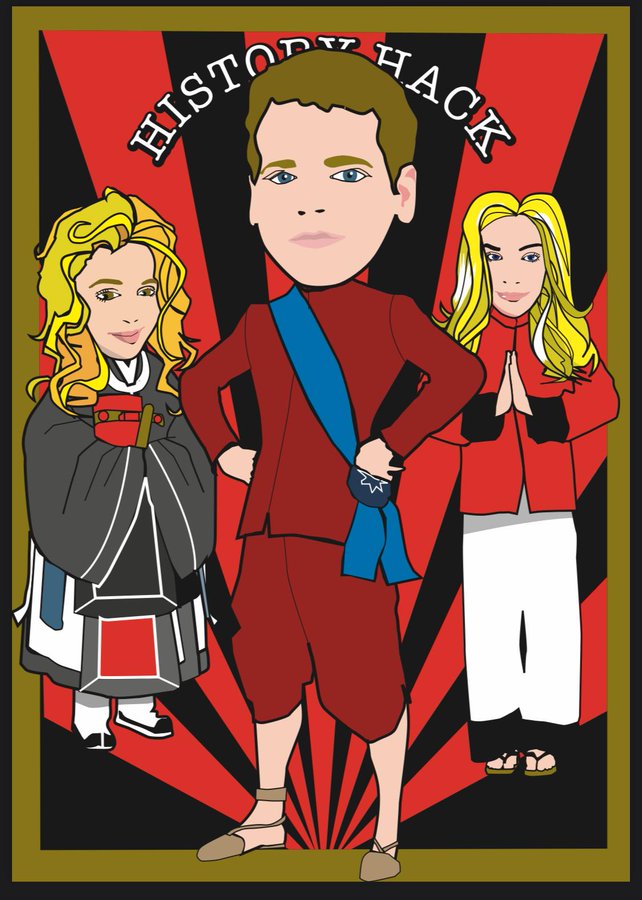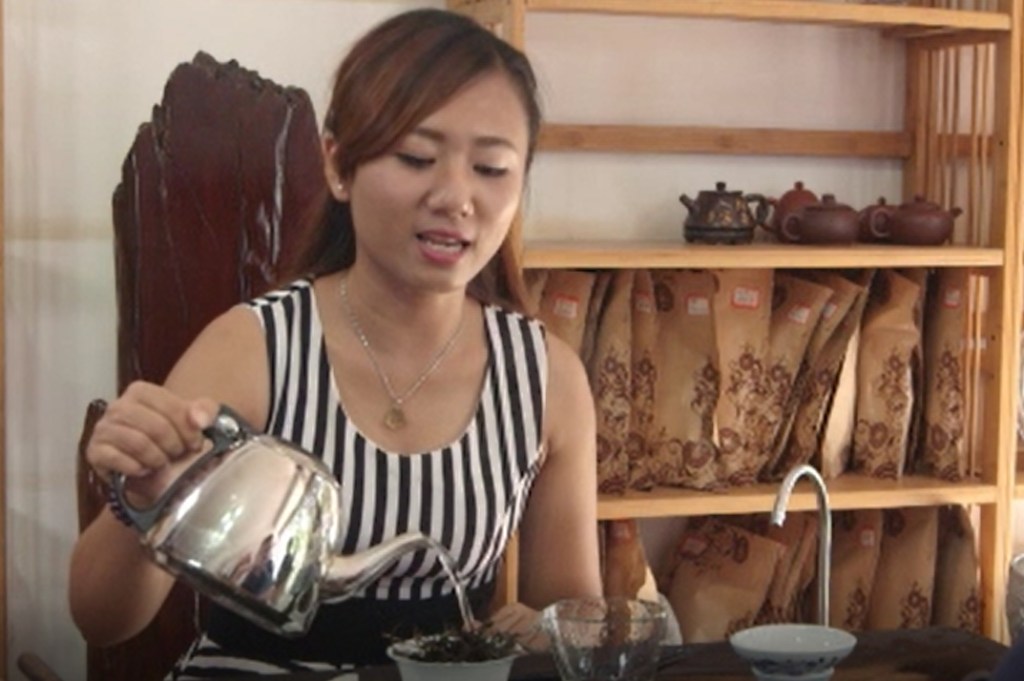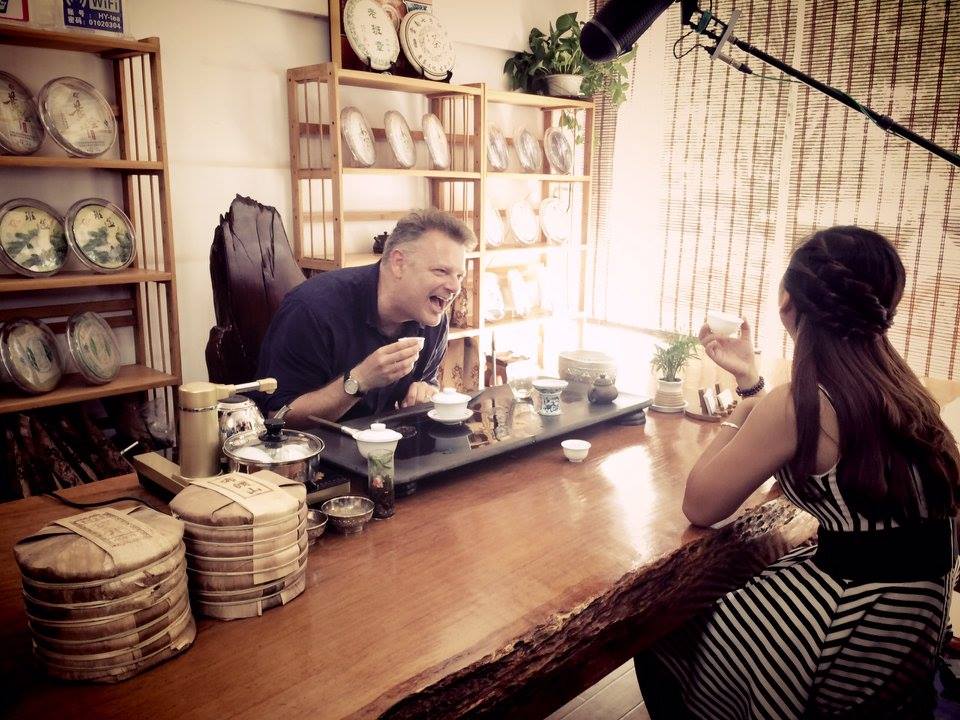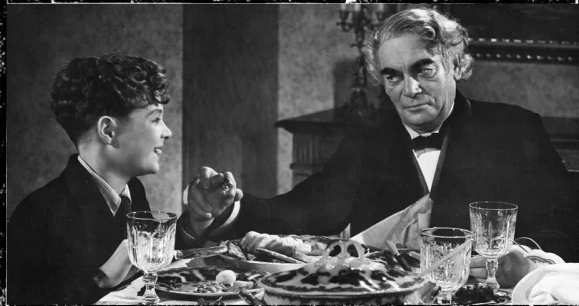 The vagrant Anna (Regina Linnanheimo) leaves her son Olavi (Heimo Haitto) with Antti (Jalmari Rinne), a cobbler, where the boy soon develops a love and affinity for music. Placed in an orphanage after Antti dies, Olavi escapes with nothing but a cat and a violin. Eventually he is taken under the wing of The Professor (Aku Korhonen, charming as ever), who drags him into the performing arts.
The vagrant Anna (Regina Linnanheimo) leaves her son Olavi (Heimo Haitto) with Antti (Jalmari Rinne), a cobbler, where the boy soon develops a love and affinity for music. Placed in an orphanage after Antti dies, Olavi escapes with nothing but a cat and a violin. Eventually he is taken under the wing of The Professor (Aku Korhonen, charming as ever), who drags him into the performing arts.
Pikku Pelimanni was constructed as a star vehicle for the teenage Haitto, a violin prodigy from Viipuri, who had already wowed the Finns and several other countries with his musical ability in real life. It was co-written by Boris Sirpo, himself a student of Sibelius, and Haitto’s mentor, impresario and foster-father. One imagines that the idea was that Haitto himself would tour the Finnish cinemas, whipping up enthusiasm for this fictionalised account of his early teens. But by the time the film had been released, 12th November 1939, Haitto and Sirpo had already fled the country ahead of the war, and would sit out the next few years in the United States, where they toured giving concerts for Finnish war relief, and where Heimo would appear as himself in The Hard-Boiled Canary (1941). By 1945, Haitto had married a wealthy heiress and taken a job with the Los Angeles Philharmonic. He would come back to Finland briefly in 1948, which would lead to the film’s edited re-release in 1949 under a new title, From the Little Fiddler to the King of Violinists (Pikku pelimannista viulun kuninkaaksi), in which an extra fifteen minutes brought the leading man’s story up to date.
Unfortunately for the 1939 footage, the sound quality is utterly atrocious – half the dialogue sounds like the wah-wah-wah nonsense of the off-screen teacher in Peanuts. Meanwhile, even though Haitto has been hired for this role because he really is a violin prodigy, the production adds insult to injury by getting him to mime his own violin playing… which he turns out to be really bad at.
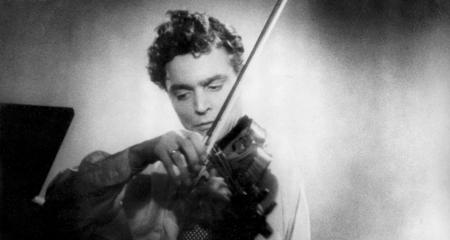 The best part of the film comes at the end of the 1949 re-release, which features a live film-studio recital by the adult Haitto, although this, too, is partly ruined by a Finnish narrator who witters over half of the performance. In a moment of touching self-reflexion, the camera tracks around director Toivo Särkkä and his crew as they listen, spell-bound, catching itself and its operators momentarily in a mirror. The film ends with intercut footage of the younger and older Haitto, almost as if he is conducting a duet with himself, the better sound quality and extra decade’s experience of the 1948 footage serving to show how far he has come. But the elision between fact and fiction is clumsy and confusing — this is a concert by Heimo Haitto, but a coda to the story of the fictional Olavi.
The best part of the film comes at the end of the 1949 re-release, which features a live film-studio recital by the adult Haitto, although this, too, is partly ruined by a Finnish narrator who witters over half of the performance. In a moment of touching self-reflexion, the camera tracks around director Toivo Särkkä and his crew as they listen, spell-bound, catching itself and its operators momentarily in a mirror. The film ends with intercut footage of the younger and older Haitto, almost as if he is conducting a duet with himself, the better sound quality and extra decade’s experience of the 1948 footage serving to show how far he has come. But the elision between fact and fiction is clumsy and confusing — this is a concert by Heimo Haitto, but a coda to the story of the fictional Olavi.
Haitto would go on to lead a colourful life, including some years spent as a tramp roaming the United States, before a brief but triumphant return to form in the 1970s. His life would become the subject of another Finnish film, Da Capo (1985), which dealt in greater depth with the pressures and trials of childhood celebrity.
Jonathan Clements is the author of An Armchair Traveller’s History of Finland.



